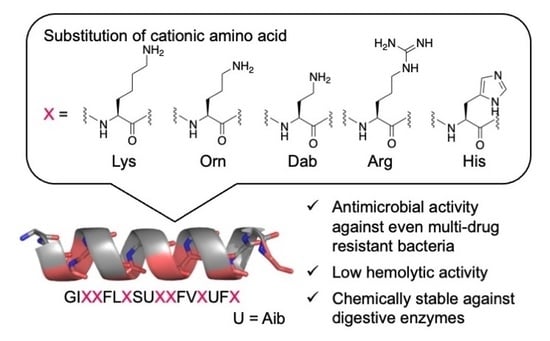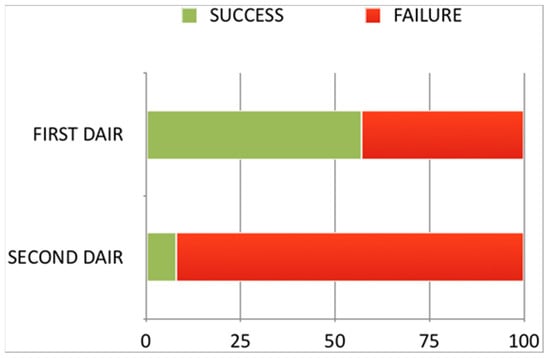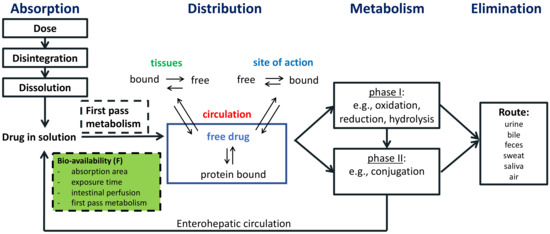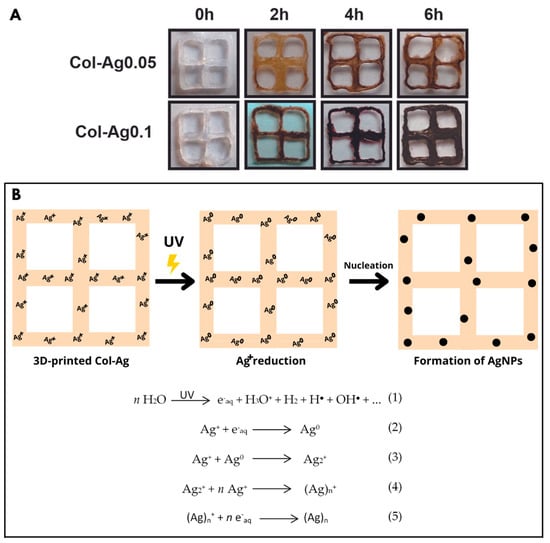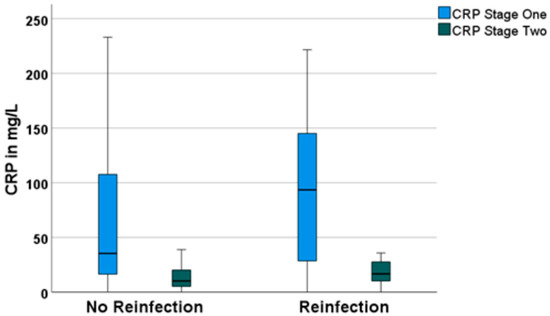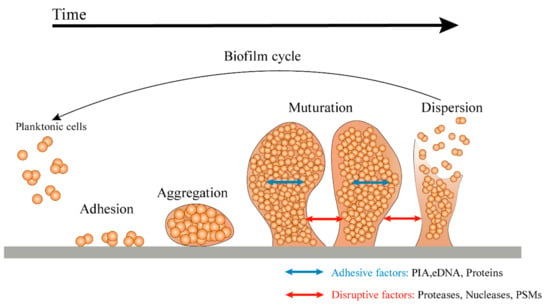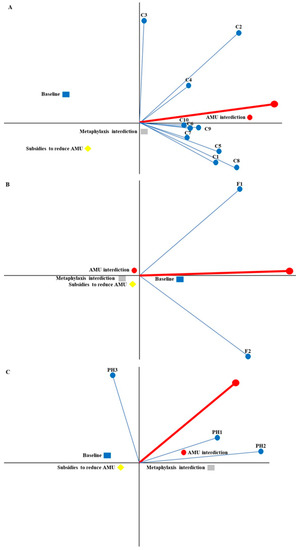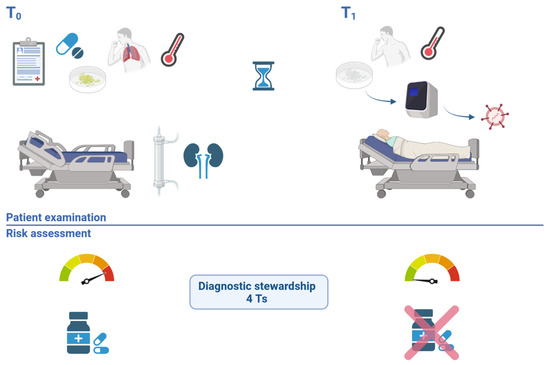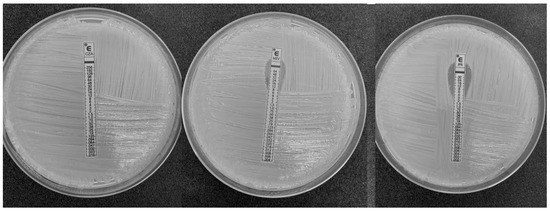Antibiotics 2023, 12(1), 19; https://doi.org/10.3390/antibiotics12010019 - 23 Dec 2022
Cited by 9 | Viewed by 2585
Abstract
Antimicrobial peptides (AMPs) have received considerable attention as next-generation drugs for infectious diseases. Amphipathicity and the formation of a stabilized secondary structure are required to exert their antimicrobial activity by insertion into the microbial membrane, resulting in lysis of the bacteria. We previously
[...] Read more.
Antimicrobial peptides (AMPs) have received considerable attention as next-generation drugs for infectious diseases. Amphipathicity and the formation of a stabilized secondary structure are required to exert their antimicrobial activity by insertion into the microbial membrane, resulting in lysis of the bacteria. We previously reported the development of a novel antimicrobial peptide, 17KKV, based on the Magainin 2 sequence. The peptide was obtained by increasing the amphipathicity due to the replacement of amino acid residues. Moreover, we studied the structural development of 17KKV and revealed that the secondary structural control of 17KKV by the introduction of non-proteinogenic amino acids such as α,α-disubstituted amino acids or side-chain stapling enhanced its antimicrobial activity. Among them, peptide 1, which contains 2-aminobutyric acid residues in the 17KKV sequence, showed potent antimicrobial activity against multidrug-resistant Pseudomonus aeruginosa (MDRP) without significant hemolytic activity against human red blood cells. However, the effects of cationic amino acid substitutions on secondary structures and antimicrobial activity remain unclear. In this study, we designed and synthesized a series of peptide 1 by the replacement of Lys residues with several types of cationic amino acids and evaluated their secondary structures, antimicrobial activity, hemolytic activity, and resistance against digestive enzymes.
Full article
(This article belongs to the Special Issue Peptide-Based Antibiotics: Challenges and Opportunities)
►
Show Figures
